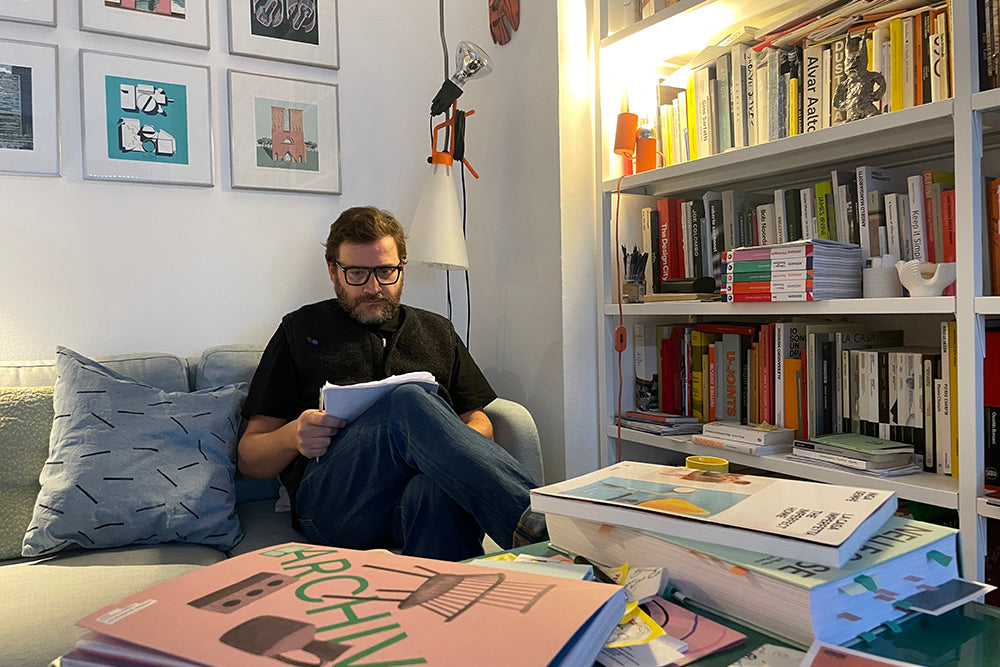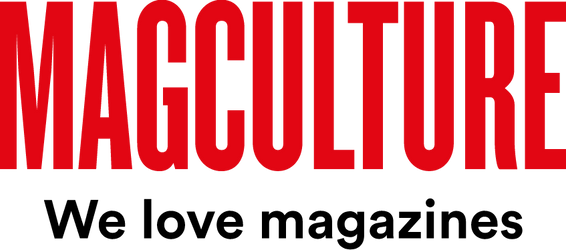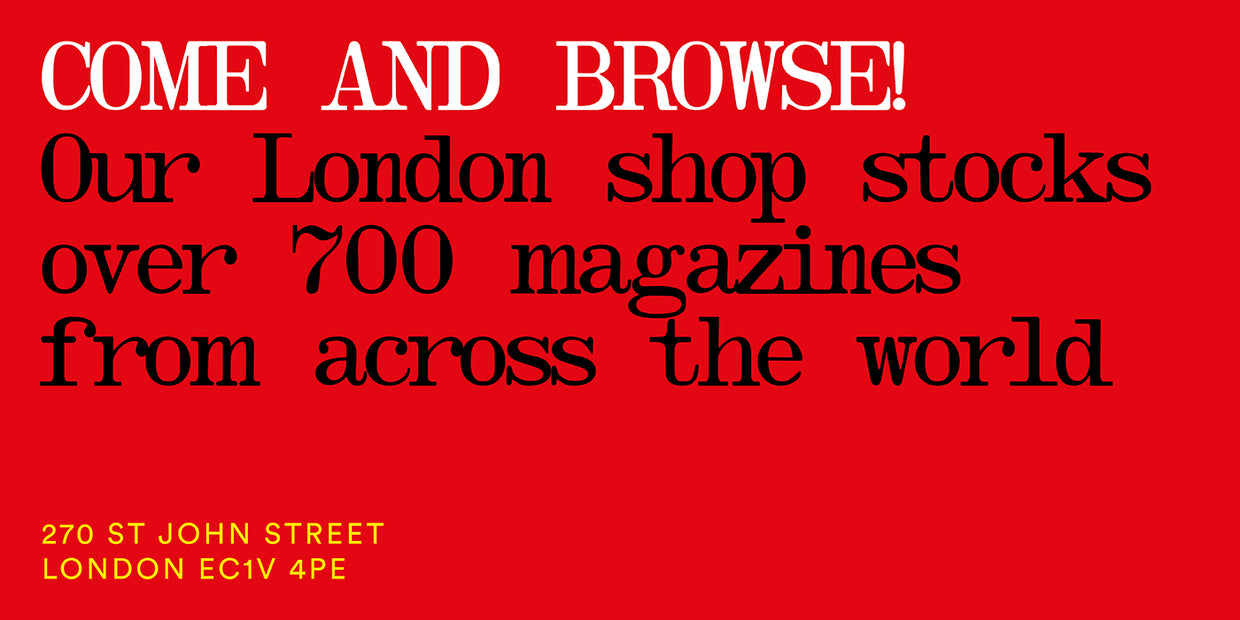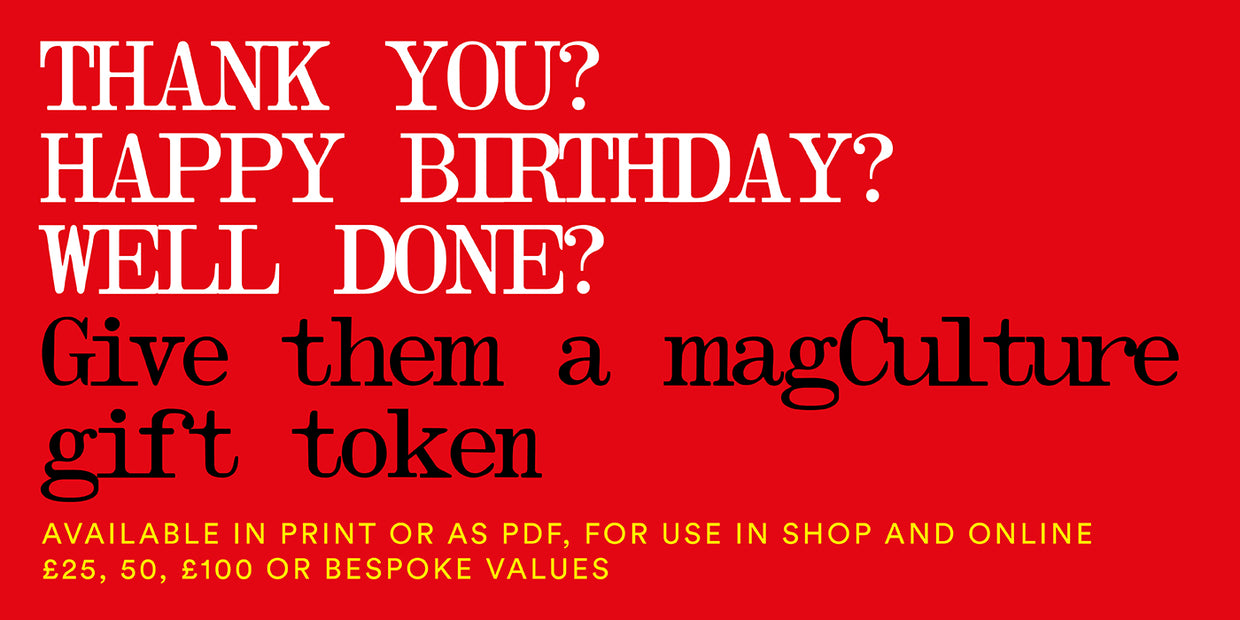
Marco Sammicheli, Archivio
Italian magazine Archivio investigates archives and the process of archiving in series of four issues. Its design and format changes for each set of four.
The latest issue, number 10, is the second one of the third series, in which a guest editor opens up archiving in their specialised area. Following an issue about fashion archives, this second one looks at design archives, and its guest editor is Marco Sammicheli, curator of design, fashion, and crafts at Triennale Milano and Director of the Museo del Design Italiano. This current series of four is also notable for its use of a colourful binder aesthetic, with different page widths.
Marco discusses the importance of design archives as he shares his working week; ‘Archives play a fundamental role in the world of design. They provide a vast repertoire of shapes and serve as a foundation for generating new, contemporary forms, rather than replicating the past.’

What are you doing this morning?
Every day for me begins the same way: at 5:30 AM, before the world stirs. It’s my perfect time to create—a quiet, uninterrupted moment when the only sound is the turning of pages. In my living room, surrounded by more than 1,000 books on art, architecture, and design, I settle into my favorite corner. This is where I plan my week, scribble down ideas, and let my mind wander through new concepts. The solitude allows me to focus, free from distractions.
By 7:00, the house awakens. My two daughters and my wife are up, and the focus shifts to family. Breakfast is a comforting ritual: I brew coffee for everyone, and for myself, a long Americano with milk. Today’s breakfast includes toasted rye bread with Danish butter—simple, yet perfect. These early morning moments, spent together, ground me for the day ahead.

After breakfast, I walk my youngest daughter to school, just around the corner. This brief walk offers a smooth transition from family time to the workday, clearing my mind for what’s to come.

Back home, I share a studio with my wife, a textile graphic designer. Her side is a vibrant mix of sketches, pencils, and fabric samples, while mine is a curated mess of books, magazines, and design materials. This workspace embodies our creative synergy, blending art and design. While I live in a digital world, my process remains very much rooted in the physical. I handwrite all my notes—there’s something about the tactile process that solidifies my ideas. My desk may look chaotic, but within that chaos lies inspiration.

Today is a work-from-home day, and my schedule is packed. Between emails, Zoom calls, and deep dives into design research, I find a rhythm that balances focus with flexibility. My handwritten notes guide me through the day, filled with tasks, meetings, and bursts of creative work.

While each day presents new challenges, my morning routine remains consistent. Waking early, planning in solitude, sharing breakfast with family, and diving into my work are rituals that fuel my creativity.

Which magazine do you first remember?
The first magazine I remember was an edition of Domus, curated by Dejan Sudjic in the late 1990s. At the time, I was living in a small provincial town in Italy. The local newsstand was my only source for magazines, and Domus, with its international perspective on design and architecture, was a revelation. It inspired me deeply, even back then.

Aside from Archivio, what’s your favourite magazine?
One of my all-time favorite magazines is Casa Vogue, edited by Luca Stoppini and Franca Sozzani. Through its articles and stunning photographs, Casa Vogue opened doors to homes I could never have visited in person.

Describe Archivio magazine in three words.
Research, wonder, source.

Do you see any similarities between curating a magazine and an exhibition?
Absolutely. Both involve deep research, careful selection of content, and the organization of material in a way that respects its historical context. The difference lies in the medium. A magazine is two-dimensional, requiring you to create a rhythm between the pages, while an exhibition exists in three dimensions, where the interaction between objects and visitors becomes essential.
I’ve edited other magazines in the past, most recently the Belgian magazine TL. I also served as director of the independent magazine Zero, collaborated with historic magazines like Abitare, and worked as a correspondent for Wallpaper* in Milan.
What can we learn from archives of design work?
Archives play a fundamental role in the world of design. They provide a vast repertoire of shapes and serve as a foundation for generating new, contemporary forms, rather than replicating the past. Archives contain valuable materials—drawings, prototypes, and more—that are indispensable for any designer. Even when an object is removed from its original context and placed in a museum, it doesn’t lose its potency. Its form and strong identity remain intact, retaining significance and usability.
While many archives today are still primarily analog, with physical objects, more and more are transitioning into digital spaces. Modern archives now include oral histories, audio files, and videos as part of their collections. Notable examples include the digital archives of MoMA in New York and the Canadian Centre for Architecture (CCA) in Montreal, both of which use audio files to document the history of design, objects, and memories.

Do you have a favourite archive?
Without a doubt, my favorite archive is the one at the Triennale Milano (above), which I’m constantly developing and consulting. It’s a dynamic resource, always in a state of evolution.
What advice do you have for anyone planning to launch a magazine?
If you’re planning to launch a magazine, my advice is to focus on a niche theme and approach it with a serious, scientific mindset. The magazine should tell true, compelling stories and draw upon a wide range of expertise.
What are you most looking forward to this coming week?
I can’t wait for the October 21st presentation in Tokyo of ‘Walking Sticks’, published by Lars Müller Publisher and co-edited with Keiji Takeuchi.
Editorial director Daniela Hamaui
Art direction and graphic design Alessandro Gori, Laboratorium
Publisher Promemoria Group
archivio.com


